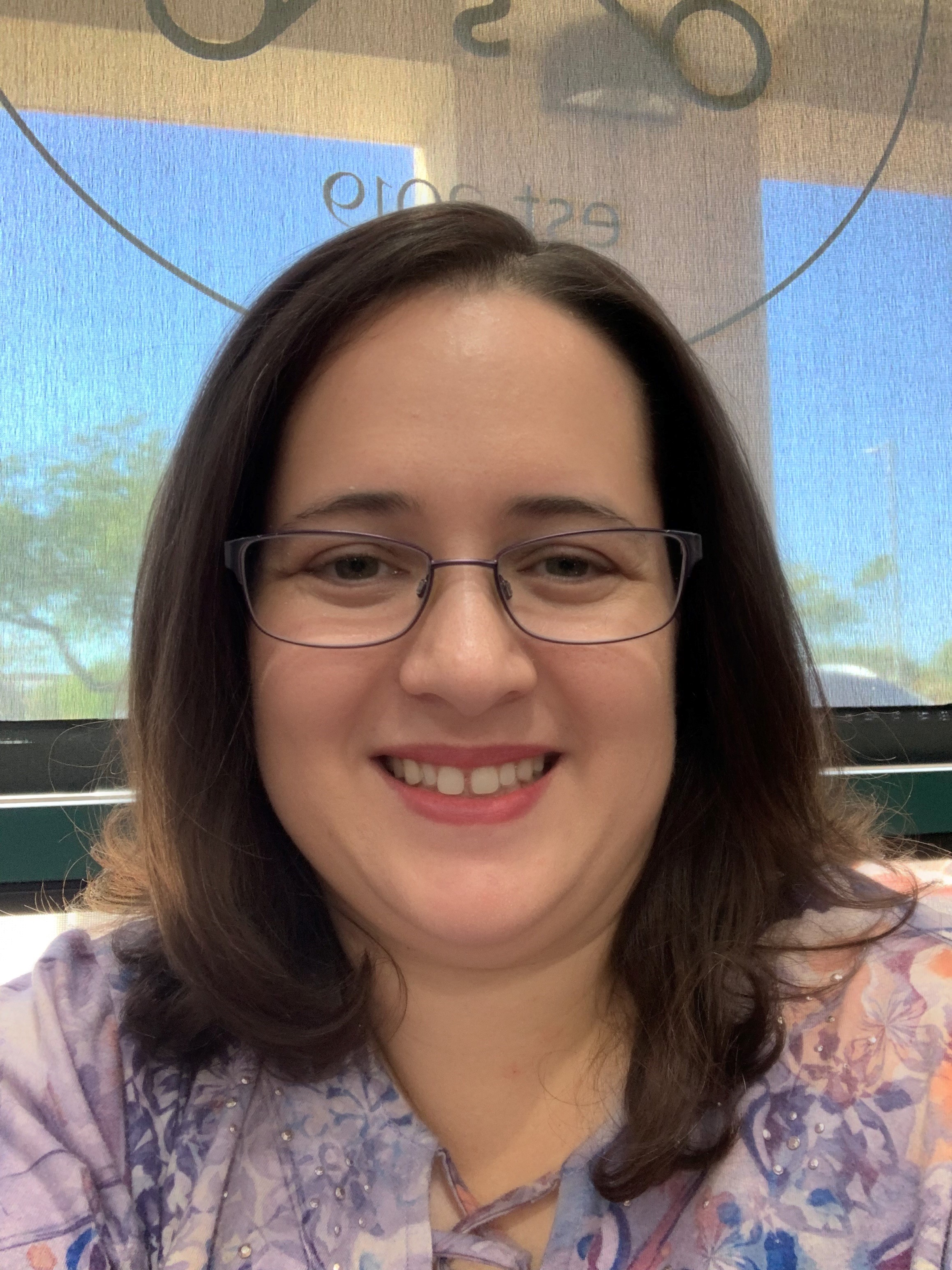Rewiring Dyslexic Brains: The Writing-First Approach with Russell Van Brocklen

In a fascinating continuation of the Designing with Love podcast series on dyslexia, host Jackie Pelegrin welcomed back Russell Van Brocklen, a New York State Senate-funded dyslexia researcher, to delve deeper into practical strategies for helping young students with dyslexia develop critical writing and reading skills. This second installment focused specifically on students in grades 1-3, providing educators and parents with actionable techniques to support these learners during this crucial developmental period.
The conversation began with a compelling insight into the neurological differences between dyslexic and typical brains. Referencing Sally Shaywitz's seminal work "Overcoming Dyslexia," Van Brocklin highlighted how the back part of a dyslexic brain shows minimal neural activity compared to typical brains, while the front part demonstrates approximately 2.5 times more activity. This neurological difference forms the foundation of his innovative approach: leveraging dyslexic strengths rather than focusing on weaknesses.
One of the most significant revelations from the discussion was the importance of teaching dyslexic students from specific to general, rather than the traditional approach of moving from general to specific. Van Brocklin explained that asking dyslexic students to learn from general to specific is "like grabbing fog"—there's simply nothing concrete for them to grasp. Instead, educators should start with specific questions related to the student's interests, gradually building outward to broader concepts. This approach capitalizes on the natural strengths of the dyslexic brain and creates a more engaging learning environment.
Russell introduced a systematic method for helping young dyslexic students develop sentence writing skills, starting with what he calls the "plus sign method." This technique begins with simple likes and dislikes, using a plus sign as a visual cue to indicate where words need to be added, subtracted, or rearranged. For example, a student might start with "Sarah + swimming," and then transform it into "Sarah likes swimming" with guidance. This approach breaks down the writing process into manageable components, allowing students to build confidence and competence gradually.
A crucial aspect of Russell's methodology is the emphasis on typing rather than handwriting. He explained that the mental energy required to form letters by hand often causes spelling and grammar to deteriorate for dyslexic students. By using keyboards (not tablets or smartphones, but actual keyboards), students can focus more on content and structure rather than the mechanical act of writing. This simple shift can dramatically improve writing quality and reduce frustration.
The podcast also addressed the importance of parent-teacher collaboration in supporting dyslexic students. Van Brocklin shared the success story of Kimberly, a homeschooling mother who worked with her 10-year-old son, Reed, for just 30 minutes, three days a week, for under six months. With this consistent application of the methods, Reed progressed from mid-second-grade reading and writing levels to nearly grade-level performance, enabling him to successfully integrate into public school.
Another powerful technique discussed was the use of audiobooks paired with physical books. Van Brocklin recommends having students listen to audiobooks while following along with their fingers in the physical book, trying to answer specific questions. This approach reportedly reduces the "chaos" in dyslexic students' heads by approximately 70%, making reading comprehension much more accessible.
The conversation concluded with a preview of more advanced techniques that build upon these foundational skills, including developing vocabulary through "universal themes" and creating structured body paragraphs that meet high school and college writing standards. These advanced strategies represent the next steps for students who have mastered the basic sentence structure techniques outlined in this episode.
For educators, parents, and instructional designers, this episode offers a wealth of practical, evidence-based strategies that can be implemented immediately to support dyslexic learners. By understanding and working with the unique neurological strengths of dyslexic brains, rather than against them, we can help these students develop the literacy skills they need to succeed throughout their educational journeys and beyond.
🔗 Website and Social Links:
Please visit Russell’s website and social media links below.
Russell Van Brocklen’s Website
🆓 Free Resource: The 3 Reasons Your Child’s Dyslexia Education Isn’t Working – And How to Fix It
Photo by Ketut Subiyanto: https://www.pexels.com/photo/crop-woman-typing-on-laptop-keyboard-in-cafe-4126712/


